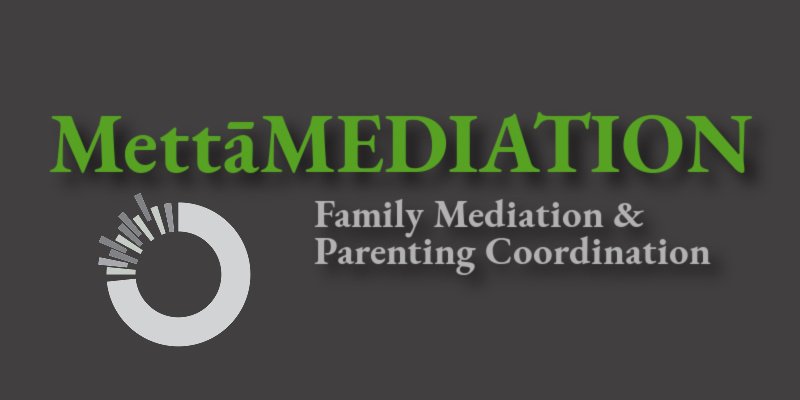Who are the actual mediation stakeholders?
When a couple separates and expresses interest in mediating their issues, at the surface level they will be the participants in the trialogue with the family mediator - THEY will sit at the negotiating table, virtual or otherwise. Yet assuming they are the only stakeholders may negatively impact chances of success in mediation.
In many family disputes, unseen "participants" need to be identified by the mediator, and assessed as to the impact of their voice on the dispute, good or bad. A decision might even be made to involve them in the negotiation or, at the very least, take their impact and input into account. Effective family mediation is like peeling an onion - the actual landscape is seldom what it initially appears to be.
Who might such “unseen” stakeholders be? New partners, for example, or perhaps a parent who has been and/or will provide financial support to one of the parties. What about the children? Ontario’s family law legislation make it clear that children’s “views and preferences” are to be taken into account by the court when decisions about them are being made - the weight of such expressed views and preferences - in other words, how much these matter, will depend on a host of factors, including their age and level of maturity. BUT they are stakeholders. They will not be present while their parents are negotiating but if they are the right age, their voices will count and may impact the ultimate resolution.
A skilled mediator will consider and decide who is to be included in the settlement dialogue, in the negotiations. This involvement may end up being either more or less direct but this IS an important area for the mediator to consider, both in advance of the mediation process and as it unfolds.
©AJJakubowska

